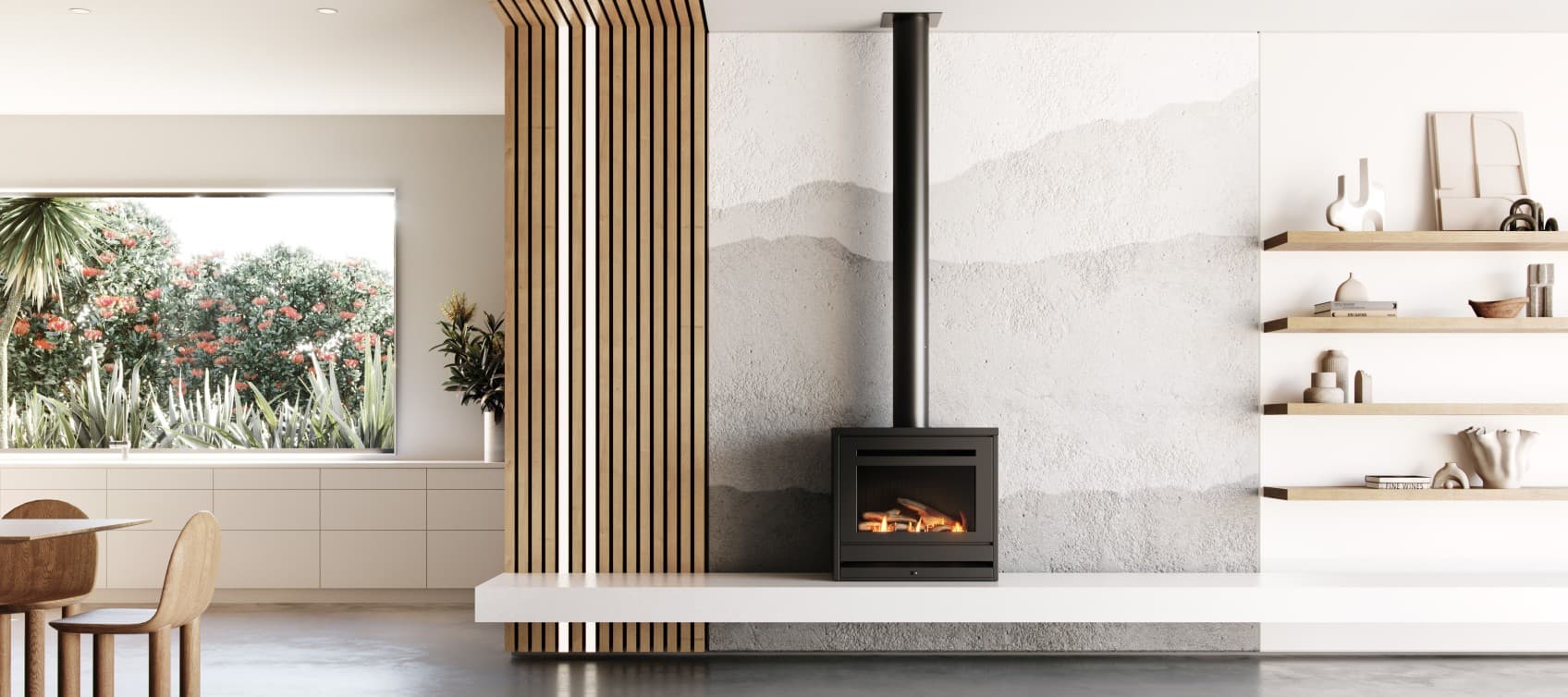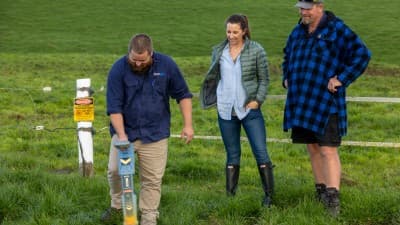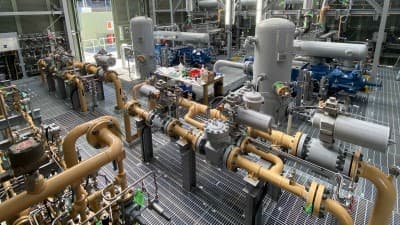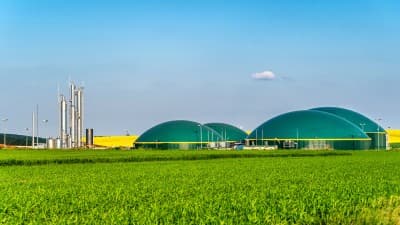We are actively researching, innovating, and investing in renewable energy, this includes a future with renewable gas. Over time, we plan to help New Zealand transition to a net zero carbon future, this involves decarbonising our gas pipeline by blending renewable gases like biomethane and hydrogen.
But as we work towards this change, here are two important questions that may be asked by homeowners who are currently using natural gas:
- How safe are these renewable gases
- Will current appliances need to be replaced?
The reassuring news is that safety assessments across the globe have found that renewable gasses such as biomethane and blended 20% hydrogen and 80% biomethane can be used in homes without any changes.
Let’s take a look at the renewable gas options for New Zealand.
Biomethane is chemically identical to natural gas
Natural gas is a naturally occurring mixture of gases, mainly methane, extracted from under the ground. Biomethane is also methane, chemically identical to natural gas, but it comes from purifying biogas, which is produced when organic waste is broken down. This means biomethane comes from a renewable source and its combustion produces no net carbon emissions.
Biomethane can be transported in existing Firstgas pipelines, making it an ideal option for blending into our network in New Zealand.
Because biomethane and natural gas are chemically identical, blending biomethane into the Firstgas pipeline makes no difference to appliances or safety. Biomethane doesn’t require new appliances. For instance, if we swapped out all our natural gas for biomethane right now, the gas appliances you use in your home would run as they usually do.
There are also commercial advantages from biomethane plants. You can see the example of the impact of biomethane for gas networks in the UK, where farmers can connect small biomethane plants to the gas grid. The farmers earn money from their animal waste, with more than 700 cubic metres of biomethane produced every hour. That biomethane is blended into the gas network, reducing emissions for the 2.7 million homes and businesses connected.
So, what about hydrogen, and does this differ to biomethane when it comes to home appliances?
Appliances operate safely on a blend of up to 20% green hydrogen
At Clarus, we are currently preparing a pilot to test blending a small amount of hydrogen into a Firstgas pipeline in Te Horo, starting at 3.5% and increasing to a maximum of 12%. There are no plans to increase the amount of hydrogen in the gas grid beyond 12%.
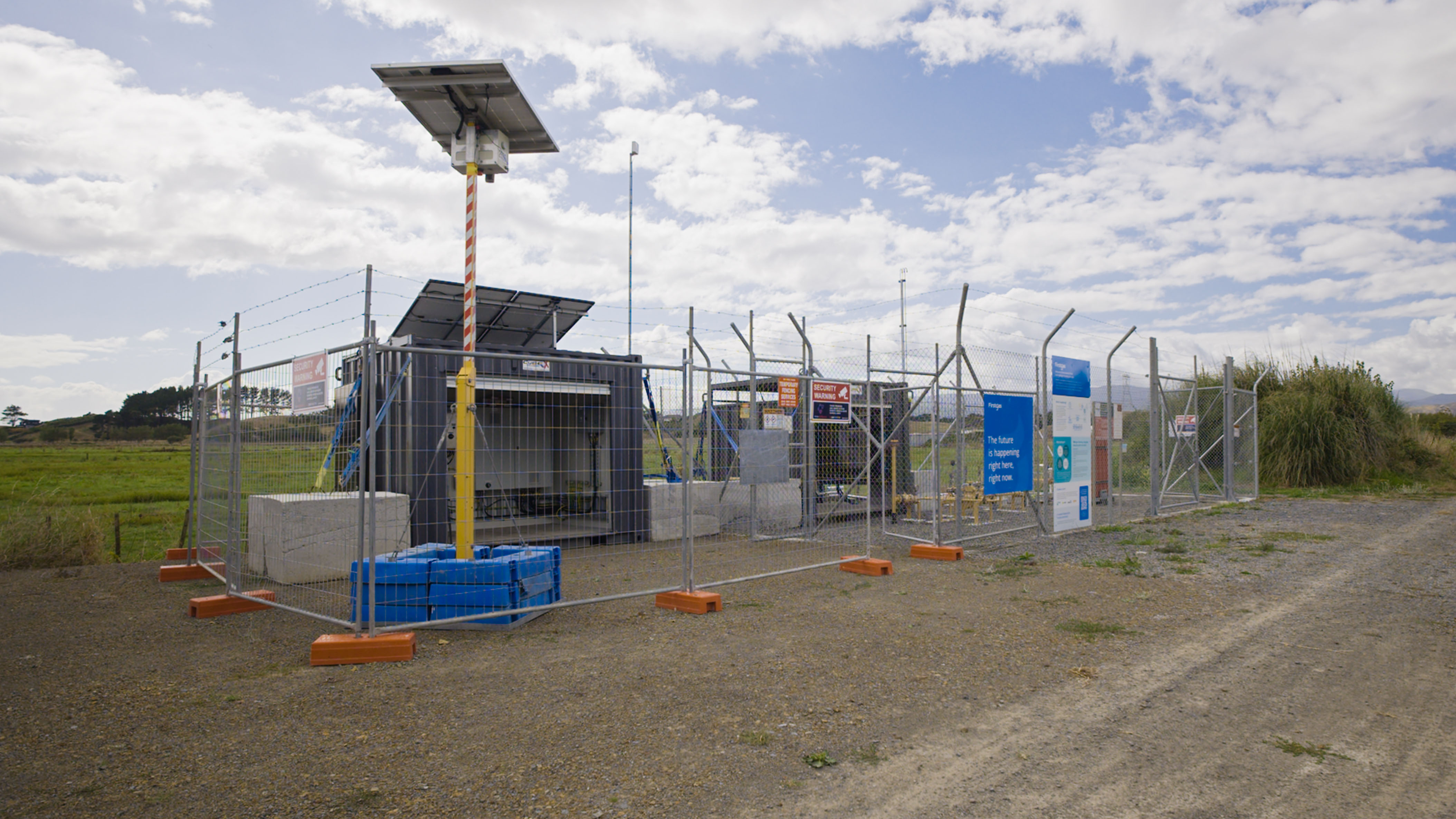
Source: Firstgas, Te Horo hydrogen blending pilot
What does this mean for house appliances?
There’s been plenty of testing overseas to see how gas appliances perform when we start blending hydrogen into the network. One example Clarus has been following closely is Hydrogen Park South Australia (HyP SA) which is delivering a 10% renewable hydrogen blend to around 4000 homes and businesses, south of Adelaide’s CBD, on the existing gas network.
Current natural gas appliances work successfully on a blend of up to 20% hydrogen – and the proportion of hydrogen in our network won’t exceed 15%. That means gas appliances will run as normal, including an oven cooktop, water heater and gas central heating systems.
You can already see an example of this hydrogen blending in action overseas. In Western Australia, for example, ATCO is blending 2% to 10% green hydrogen into part of its residential network. The hydrogen is produced using solar power and is blended into the pipeline to reach around 3,000 homes near Perth. ATCO also operates in Canada, where it blends 5% hydrogen into the Fort Saskatchewan gas network, which has been safely serving customers since 2022.
For our pilot study here in New Zealand James Irvine, General Manager of Future Fuels at Clarus, recently shared our plans in an interview with the NZ Herald:
“The beauty of blending a small percentage of hydrogen with natural gas is that gas appliances will operate as they usually do, meaning everyone will still enjoy all the normal benefits associated with their standard natural gas supply. The technology to inject hydrogen is already available, well-established overseas and ready to demonstrate in New Zealand. Everything is safety checked and installation can proceed as soon as we have finalised details with our natural gas customers and suppliers involved in the project.”
While renewable gases are still developing and not yet widely accessible in New Zealand, it's reassuring to know that the work we're doing today is already making a difference now and has growing potential in the future as we transition our networks to lower carbon gases.
To learn more about how Firstgas, part of Clarus, is supporting the transition to a net carbon neutral New Zealand, visit Firstgas Future of Gas.
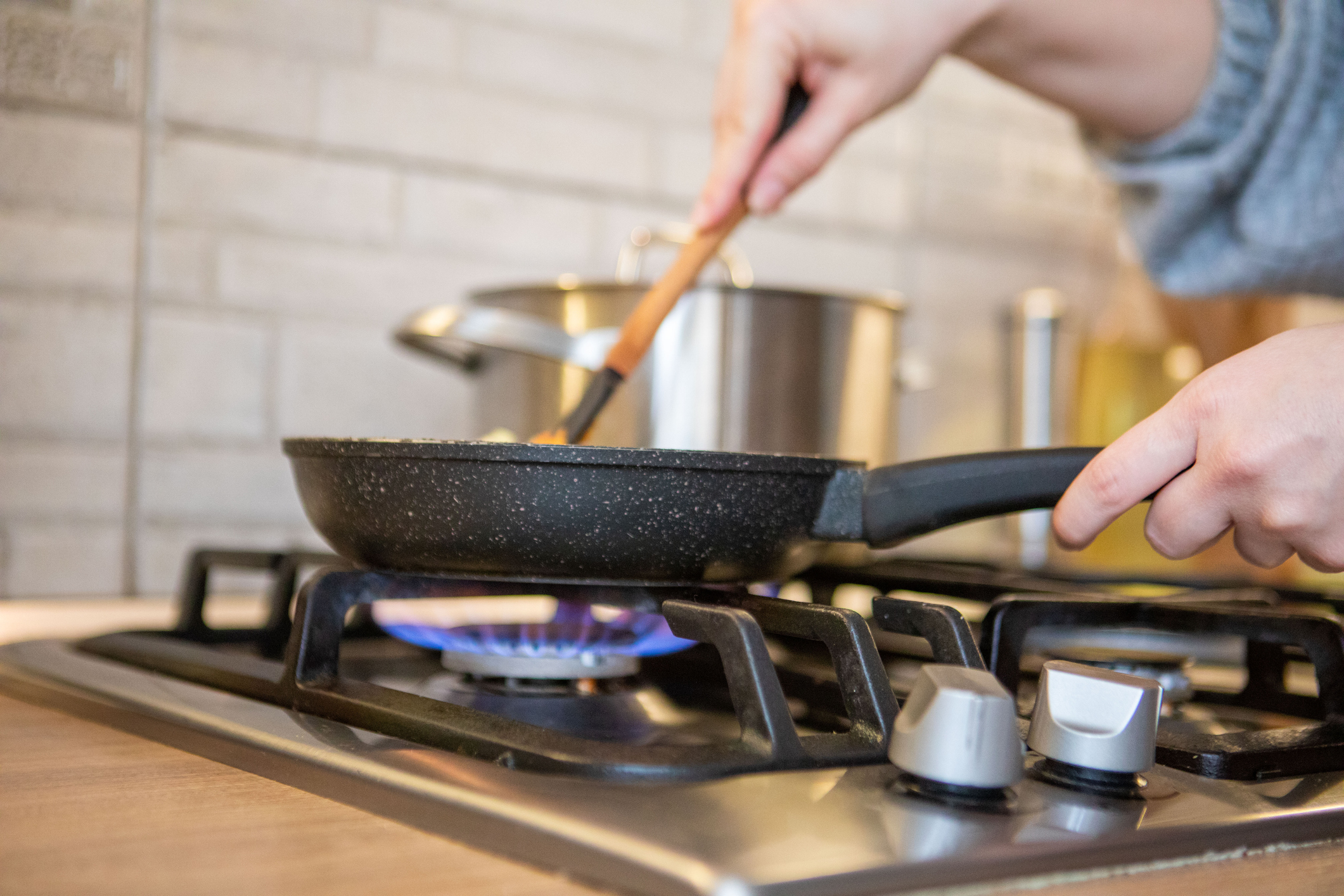
Source: iStock image used for illustrative purposes only.

